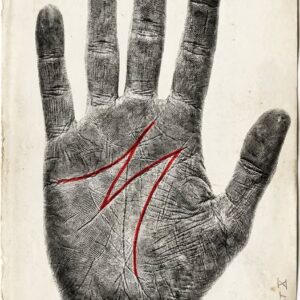Visible or bulging veins are usually harmless but can sometimes signal health concerns. Factors like exercise,
aging, heat, tight clothing, genetics, sun exposure, and excess weight can make them more noticeable.
Most cases aren’t dangerous, but pain, swelling, or skin discoloration should prompt a doctor’s visit.
Bulging happens when blood pools in weakened or damaged veins instead of flowing smoothly back to the heart.
This can cause varicose veins—swollen, twisted veins often found in the legs.
According to the Cleveland Clinic, risks increase with smoking, obesity, genetics, hormonal changes (such as pregnancy),
and long periods of standing or sitting. Treatment depends on severity: simple steps like leg elevation,
compression stockings, and regular exercise can help, while more advanced cases may require injection therapy or surgery.
If untreated, varicose veins can lead to venous ulcers near the ankles or raise the risk of blood clots,
including deep vein thrombosis and pulmonary embolism—conditions needing urgent care.
Prevention isn’t always possible, but you can lower risks by staying active, maintaining a healthy weight, avoiding smoking,
and wearing loose clothing around the waist. Proactive circulation care helps reduce discomfort and prevents complications.





